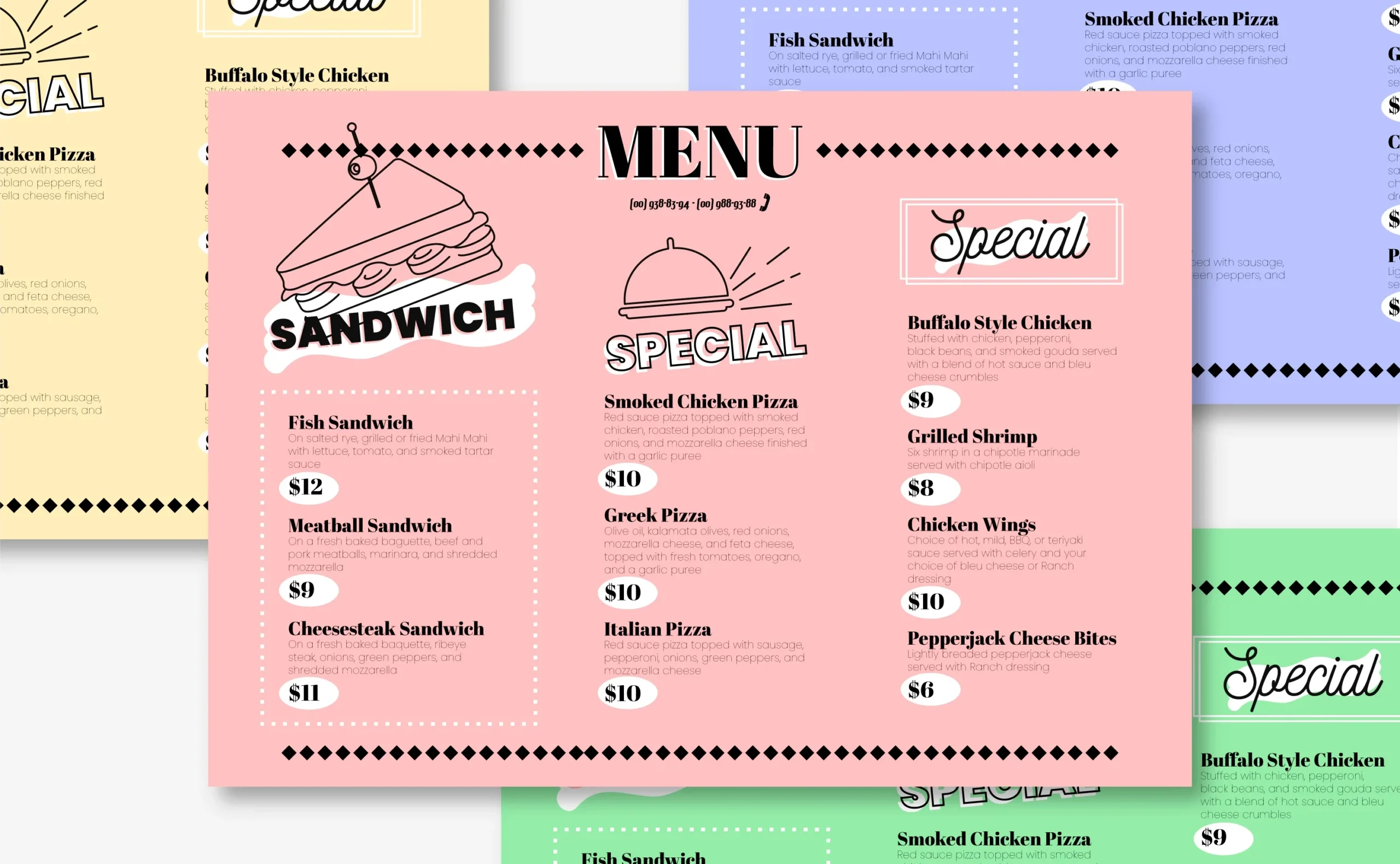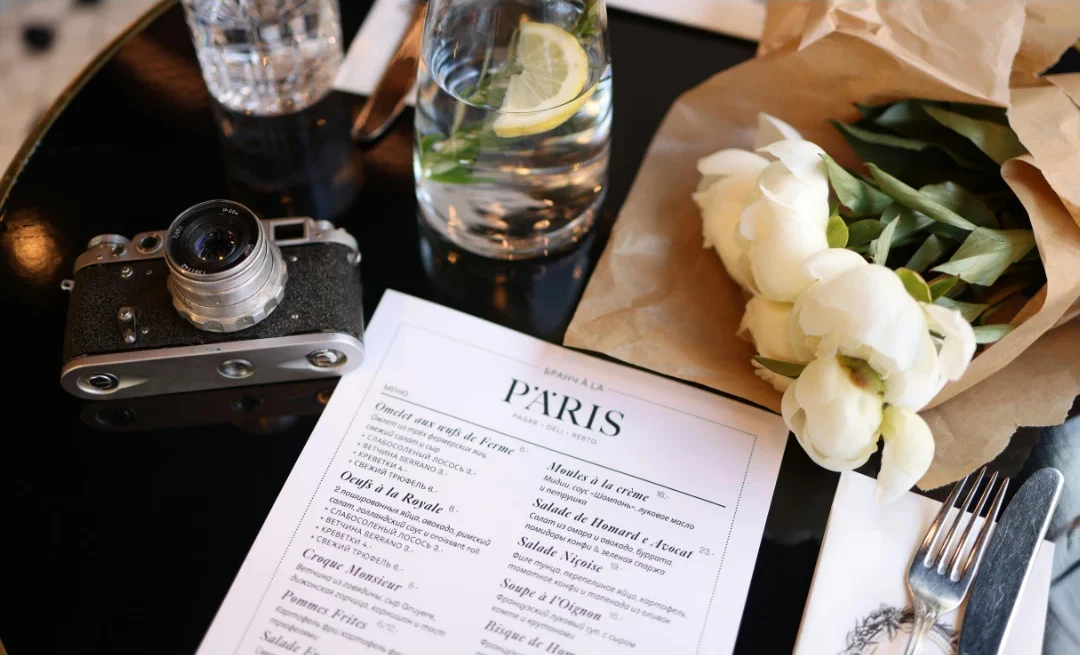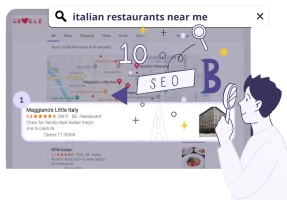Did you know that an expertly designed menu can increase restaurant profits by up to 15 percent? Menu engineering combines psychology, data, and creativity to turn a menu into a powerful sales tool. Restaurants that master these principles influence customer choices and maximize every table’s revenue. With the right strategies, menu design shifts from a background detail to a driving force behind higher earnings and guest satisfaction.
Key takeaways
Point |
Details |
|---|---|
Menu engineering is strategic | It transforms traditional menu design into a revenue-generating tool by combining psychology, data analysis, and culinary creativity. |
Utilizing menu categories | Classifying menu items into stars, ploughhorses, puzzles, and dogs helps drive decisions on pricing, presentation, and overall menu strategy. |
Psychological design techniques | Implementing visual hierarchy, strategic item placement, and emotional language in menus can significantly influence customer choices and increase profits. |
Ongoing analysis is crucial | Regularly assessing sales data and updating the menu is essential for maintaining optimal financial performance and adapting to customer preferences. |
Defining restaurant menu engineering principles
Restaurant menu engineering is a sophisticated strategic approach that transforms menu design from a mere listing of dishes into a powerful revenue-generating tool. Menu engineering combines psychological insights, data analysis, and culinary creativity to deliberately influence customer purchasing decisions and maximize restaurant profitability. According to hospitality.institute, menu engineering is a systematic method that strategically blends multiple disciplines to create menus that drive financial performance. This innovative approach goes beyond traditional menu creation by integrating several critical components:
Detailed analysis of menu item profitability
Comprehensive understanding of dish popularity
Strategic visual and descriptive menu placement
Psychological techniques to guide customer selections
As ecampusontario explains, the core principle involves meticulously examining the relationship between a dish’s profit margin and its popularity. By categorizing menu items into strategic quadrants like stars (high profit, high popularity), puzzles (high profit, low popularity), ploughhorses (low profit, high popularity), and dogs (low profit, low popularity), restaurants can make data-driven decisions about menu design, pricing, and presentation.

Menu psychology: types and core methods
Menu psychology delves into the intricate ways restaurants can strategically influence customer decision-making through carefully crafted menu design and presentation. Psychological manipulation of menu elements goes far beyond simple visual aesthetics, representing a sophisticated approach to guiding customer choices and maximizing restaurant revenue. According to hospitality.institute, understanding customer behavior is critical, as diners’ eye movements and decision-making patterns can be systematically influenced through strategic design techniques. These psychological principles involve several key strategies:
Visual hierarchy that directs attention
Strategic item placement and formatting
Subtle pricing presentation techniques
Descriptive language
that triggers emotional responses
Research from mdpi reveals that menu descriptions and design elements profoundly impact consumer choices, with fMRI studies demonstrating how different menu presentations actually trigger specific brain responses. This scientific approach allows restaurants to create menus that not only look appealing but psychologically nudge customers towards more profitable selections. To truly master menu psychology, restaurants must understand the nuanced interplay between visual design, language, and consumer behavior. Strategic upselling techniques can transform a simple menu into a powerful tool for increasing customer spending and enhancing overall dining experience.
Analyzing menu profitability and performance
Menu profitability analysis represents a critical strategic process that transforms raw sales data into actionable insights for restaurant financial optimization. This sophisticated approach goes beyond simple number-crunching, offering a comprehensive understanding of how each menu item contributes to the restaurant’s overall financial health. According to netsuite, menu engineering involves a meticulous analysis of sales data to assess the profitability and popularity of menu items. This process provides restaurants with crucial guidance on critical decisions such as:
Menu item selection
Strategic pricing structures
Optimal menu item positioning
Targeted marketing approaches
Research from media highlights the effectiveness of advanced classification techniques like the Boston Consulting Group Matrix, which helps restaurants categorize menu items and develop targeted marketing strategies to increase profits. By mapping dishes across dimensions of profitability and popularity, restaurants can make data-driven decisions about menu composition and design. Understanding the financial dynamics of menu items requires a nuanced approach to food and beverage cost control, which allows restaurants to precisely track ingredient costs, preparation expenses, and potential profit margins. The goal is not just to identify top-performing dishes, but to create a strategic menu that balances customer satisfaction with financial sustainability.

Design and layout strategies for menus
Menu design is a sophisticated art form that blends visual psychology, strategic placement, and subtle marketing techniques to guide customer dining decisions. Far more than a simple list of dishes, a well-crafted menu serves as a powerful communication tool that can significantly influence purchasing behavior and restaurant profitability. According to Hospitality Institute, strategic menu design leverages sophisticated techniques like the golden triangle and color psychology to subtly direct customer attention and enhance overall dining experience. This approach involves several critical design principles:
Visual hierarchy that guides eye movement
Strategic item placement
Intentional use of white space
Carefully selected typography
Color psychology in menu design
Research from netsuite emphasizes the importance of imagery and descriptive language in menu design, highlighting how carefully chosen visual and textual elements can dramatically improve sales performance. The golden triangle technique, which focuses on the most profitable areas where customers’ eyes naturally gravitate, becomes a powerful tool for strategic menu layout. To truly elevate menu design, restaurants must consider the nuanced interplay between visual aesthetics and psychological manipulation. Colour psychology for restaurants provides an additional layer of sophistication, allowing restaurateurs to use color strategically to evoke specific emotional responses and guide customer choices.

Common menu engineering mistakes to avoid
Menu engineering is a delicate balance of art and science, where even small missteps can significantly impact a restaurant’s financial performance. Restaurants often fall into predictable traps that undermine their menu’s potential to drive revenue and enhance customer experience.
According to netsuite, the most critical mistakes in menu engineering include:
Neglecting sales data analysis
Failing to update menus regularly
Overlooking the psychological impact of design elements
Ignoring seasonal ingredient variations
Not tracking customer preferences

Research from hospitality.institute emphasizes the importance of continuously monitoring menu performance and avoiding static approaches. Successful restaurants understand that menu engineering is an ongoing process that requires consistent evaluation and strategic adjustment. To navigate these potential pitfalls, restaurants must adopt a proactive approach to menu management. Identifying and overcoming restaurant challenges becomes crucial in developing a menu that not only looks appealing but also drives consistent financial performance and customer satisfaction.
Common menu engineering mistakes to avoid
Menu engineering is a delicate balance of art and science, where even small missteps can significantly impact a restaurant’s financial performance. Restaurants often fall into predictable traps that undermine their menu’s potential to drive revenue and enhance customer experience. According to netsuite, the most critical mistakes in menu engineering include:
Neglecting sales data analysis
Failing to update menus regularly
Overlooking the psychological impact of design elements
Ignoring seasonal ingredient variations
Not tracking customer preferences
Research from hospitality.institute emphasizes the importance of continuously monitoring menu performance and avoiding static approaches. Successful restaurants understand that menu engineering is an ongoing process that requires consistent evaluation and strategic adjustment. To navigate these potential pitfalls, restaurants must adopt a proactive approach to menu management. Identifying and overcoming restaurant challenges becomes crucial in developing a menu that not only looks appealing but also drives consistent financial performance and customer satisfaction.
Unlock your menu’s full potential with smarter guest management
Mastering restaurant menu engineering is vital to boost profitability and customer satisfaction by promoting stars and puzzles while managing ploughhorses and dogs wisely. Yet, without seamless reservation management and guest insights, even the most perfectly engineered menu can underperform due to unpredictable bookings, no-shows, or inefficient table turnover. You deserve tools that support your strategic menu goals by streamlining your entire service flow. Discover how Tableo can empower your restaurant by integrating smart reservation management with real-time guest profiles and AI messaging. Combine your menu engineering insights with Tableo’s features like digital floor plans, custom booking forms and instant reminders to reduce no-shows and increase table utilisation. Take control of your restaurant’s profitability today by visiting Tableo’s platform and learn how to align outstanding menu design with flawless guest experiences that drive repeat business.
Frequently asked questions
Restaurant menu engineering is a strategic approach that transforms menu design into a tool for maximizing profitability by analyzing dish profitability and popularity to influence customer decisions.
Menu psychology involves using visual hierarchy, strategic item placement, and descriptive language to subtly guide diner decisions, leading to increased restaurant revenue.
Common mistakes include neglecting sales data analysis, failing to update menus regularly, overlooking the psychological impact of design elements, ignoring seasonal ingredients, and not tracking customer preferences.

Unlock the tips that will help you stand out from the crowd and get more bookings!

Learn how to save time, reduce stress and fill your restaurant while you sleep!
-
Previous Post
Effective Restaurant Crowd Management Strategies









